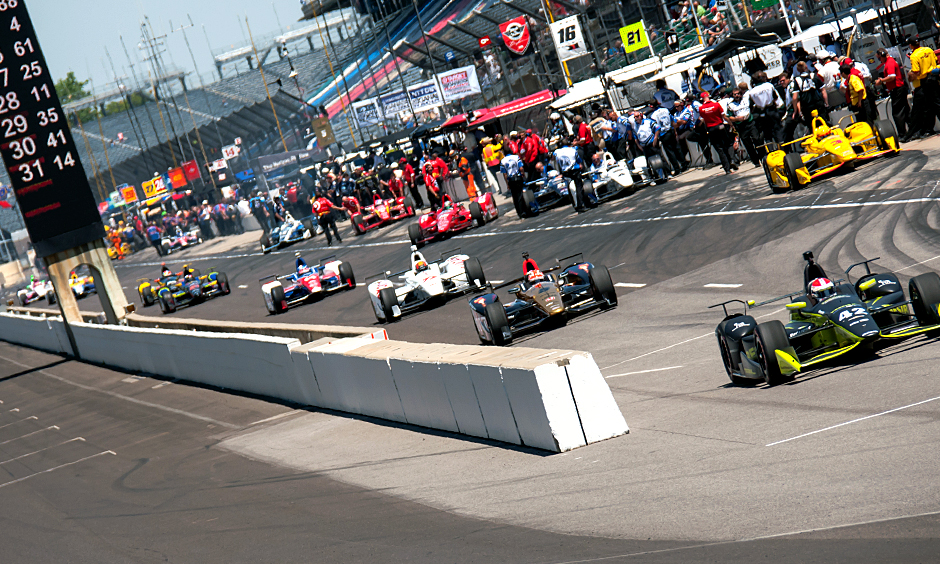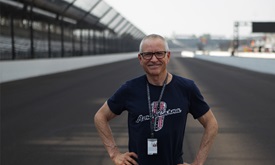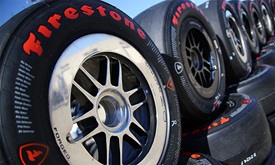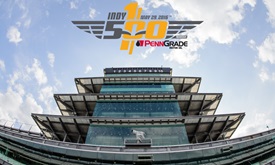Retired drivers recall days of no Indianapolis 500 pit speed limit
MAY 26, 2016
INDIANAPOLIS -- Drivers racing in the 100th Running of the Indianapolis 500 presented by PennGrade Motor Oil on Sunday must obey the pit speed limit of 60 mph or risk a penalty from INDYCAR.
For many years, though, drivers entered pit road at Indianapolis Motor Speedway at close to full speed.
With no speed limit in the pits, cars would do 200-plus mph on the 2.5-mile IMS oval and barely touch the brakes heading into the pits for tires, fuel or adjustments on their Indy cars.
Recalling those days recently, retired Indy 500 winners Arie Luyendyk, Rick Mears and Al Unser Jr., along with current Verizon IndyCar Series star and 2016 pole sitter James Hinchcliffe, could laugh about it now. But they admitted it could be scary then to be on pit road as either a driver or pit crew member.
“When we raced, there was no pit speed limit,” Luyendyk, the 1990 and ’97 Indy 500 champion, said. “We’d come into the pits off Turn 4 and, if you were pitted at the end of pit lane (toward the pit exit), you could afford to drive into the pits at 200-plus (mph). And then you were happy you came to a standstill in your pit box.”
Mears, the four-time race winner for Team Penske, always had a point of reference he used to find his pit and gauge his speed.
“We always pitted down at the far end by the (scoring pylon) tower,” Mears said. “I’d focus on the tower because your vision was so blurry, you couldn’t make your teammates out, you couldn’t make the people out, who’s who.”
To which an astonished Hinchcliffe replied with a laugh, “That’s terrifying, what you just said. I did not know that.”
The pit speed limit was instituted for safety reasons, but Luyendyk believes pit road may have been safer when there was no speed limit.
“Now, with the 60-mph speed limit, pit road has become the most dangerous place on the track,” Luyendyk said. “Everyone comes into the pits at the same time to make up time. We actually see more accidents on pit lane today than in our days.”
Mears said it was equally as dangerous exiting pit road with no pit speed limit as it was entering.
“It was also self-policing,” Mears said. “If I knew I had somebody coming in at 200, I wasn’t going to pull out in front of him. They may say (on his team radio), ‘Go, go, go,’ but I’m watching the mirror.”
Unser Jr., the 1992 and ’94 Indy winner, added with a laugh, “We didn’t know any different.”



















